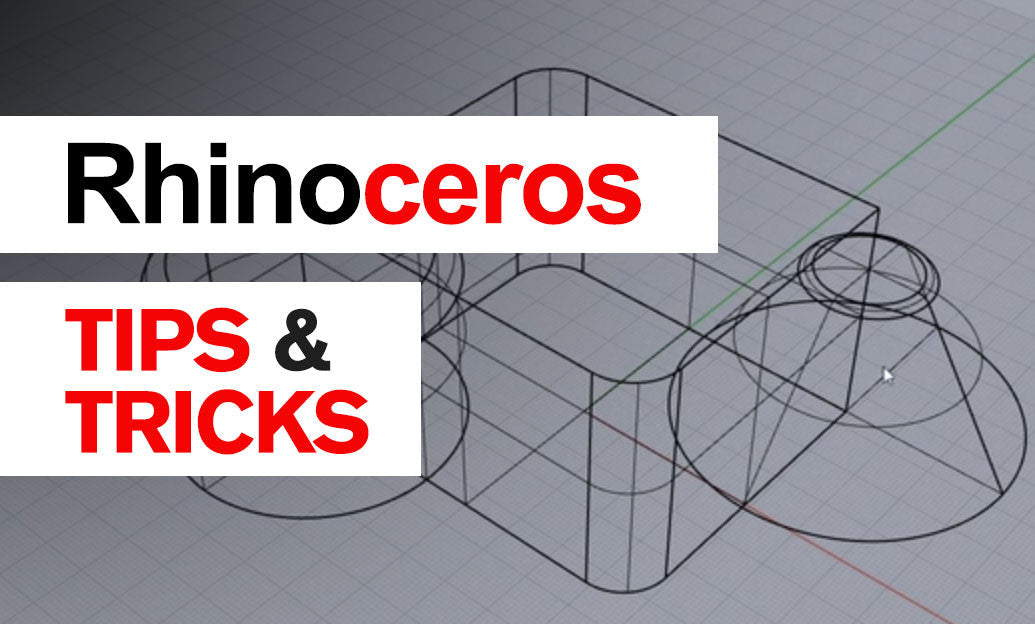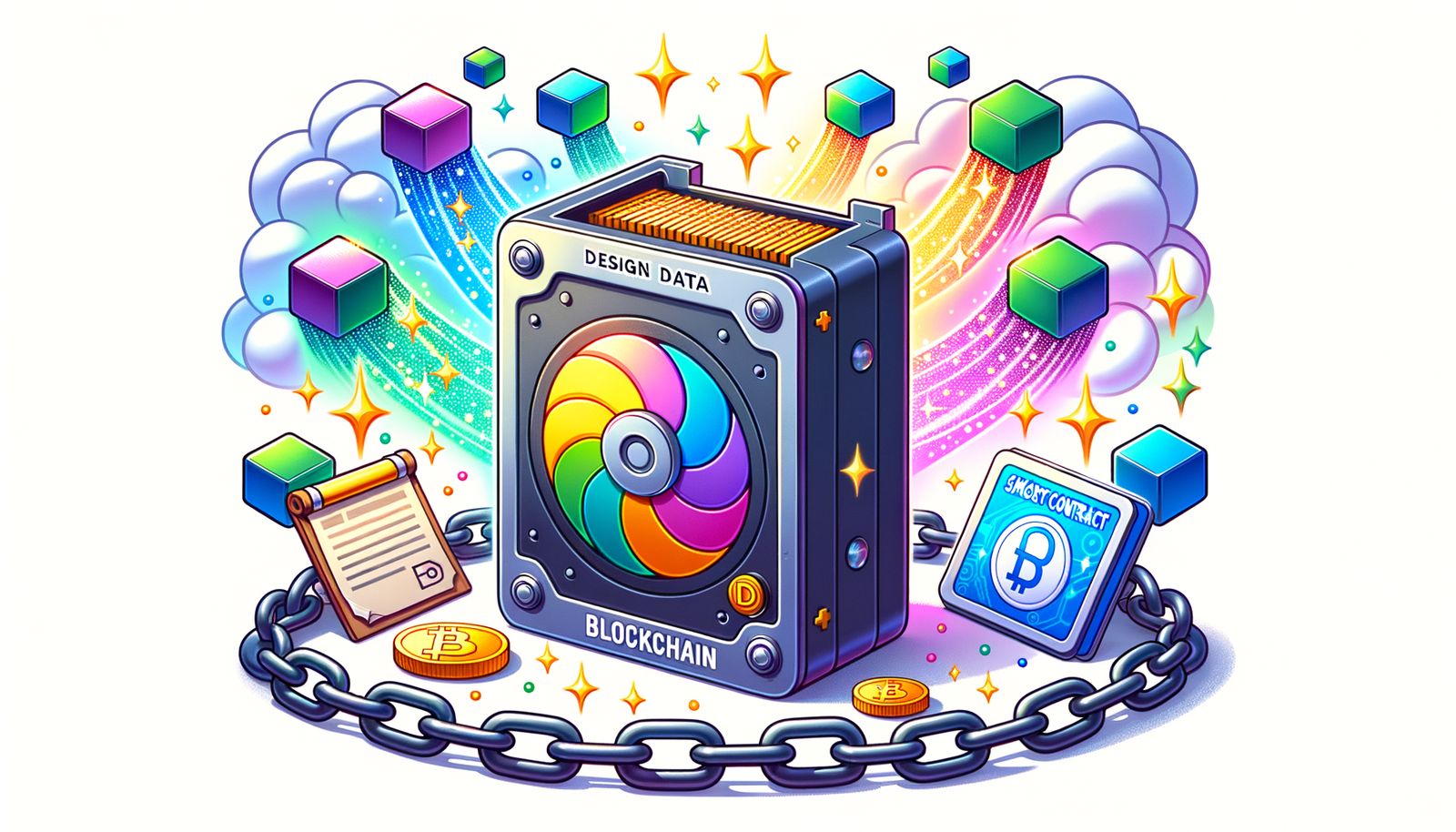Your Cart is Empty
Customer Testimonials
-
"Great customer service. The folks at Novedge were super helpful in navigating a somewhat complicated order including software upgrades and serial numbers in various stages of inactivity. They were friendly and helpful throughout the process.."
Ruben Ruckmark
"Quick & very helpful. We have been using Novedge for years and are very happy with their quick service when we need to make a purchase and excellent support resolving any issues."
Will Woodson
"Scott is the best. He reminds me about subscriptions dates, guides me in the correct direction for updates. He always responds promptly to me. He is literally the reason I continue to work with Novedge and will do so in the future."
Edward Mchugh
"Calvin Lok is “the man”. After my purchase of Sketchup 2021, he called me and provided step-by-step instructions to ease me through difficulties I was having with the setup of my new software."
Mike Borzage
ZBrush Tip: Advanced Material Mixing Techniques with PolyPaint in ZBrush
June 03, 2024 2 min read

Welcome to today's tip of the day, where we delve into the advanced techniques of material mixing with PolyPaint in ZBrush. This feature allows you to create intricate and realistic textures by blending different materials directly on your model's surface. Let's explore how you can elevate your sculpting projects with this powerful tool:
- Understand Material Blending: ZBrush's PolyPaint system allows you to paint materials onto the surface of your model. When you blend materials, you can create nuanced effects by combining the properties of different materials.
- Choose Your Materials Wisely: Start by selecting materials that complement each other. Consider the final look you're aiming for and choose materials with properties that will help you achieve that effect.
- Use Masks for Control: By masking areas of your model, you can apply materials to specific parts without affecting the rest. This selective approach can add complexity and depth to your textures.
- Experiment with RGB Intensity: Adjusting the RGB intensity can affect how strongly a material is applied. Lowering the intensity can help in blending materials seamlessly.
- Layering Materials: Apply materials in layers to build up a rich, composite texture. Each layer can represent a different material, which you can then blend using ZBrush's blending modes.
- Utilize Material-Centric Brushes: Some brushes in ZBrush are designed to work with materials. Explore brushes like the Chisel 3D and Paint brushes which can enhance the way materials interact on your model's surface.
- Polish with MatCap: Material Capture (MatCap) is a feature that allows you to create a material from an image. Use it to fine-tune the appearance of your blended materials, making them react to light in a more realistic way.
- Spotlight for Texturing: Spotlight is not only for referencing images but also for projecting texture and material information onto your model. This can be a powerful way to apply and mix materials from real-world references.
- Save Material Mixes: Once you've created a material mix that you like, remember to save it. You can then apply this custom mix to other models or projects, saving time and ensuring consistency.
- Practice and Be Patient: Mastering material mixing takes time and experimentation. Don't be afraid to try different combinations and settings to see what works best for your artistic vision.
By harnessing the capabilities of PolyPaint and material mixing in ZBrush, you can achieve stunning, lifelike textures that make your digital sculptures stand out. For purchasing ZBrush, visit NOVEDGE, the leading online software store for design professionals. Keep experimenting and happy sculpting!
```You can find all the ZBrush products on the NOVEDGE web site at this page.
Also in Design News

Rhino 3D Tip: "Enhancing Rhino 3D and Revit Integration for Efficient Architectural Workflows"
September 07, 2024 2 min read
Read More
Enhancing Design Data Integrity with Blockchain: Decentralization, Immutability, and Smart Contracts
September 07, 2024 4 min read
Read More
Design Software History: Evolution of 3D Scanning: From Early Innovations to Integration with Design Software
September 07, 2024 6 min read
Read MoreSubscribe
Sign up to get the latest on sales, new releases and more …


